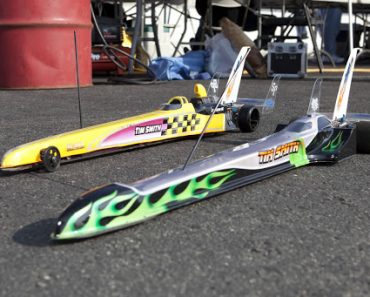Such causes can arise from a number of happenings. Landslides in the United States cause approximately $3.5 billion (year 2001 dollars) in damage, and kill between 25 and 50 people annually. Worldwide, landslides occur and cause thousands of casualties and billions in monetary losses annually. Numerous human activities like skiing can also trigger an avalanche. On steep hillsides, debris flows begin as shallow landslides that liquefy and accelerate. Note how they have traveled up to 200 km from their source. A landslide scarp on the island of Hawaii left by a debris avalanche that occurred less than Avalanches tend to grow in volume and mass as they accelerate down the slope. As landslides involve movement of mass of rock, mud’s etc., down a slope, factors that promote such movement of mass provide the causes for landslides. The human body is denser than avalanche debris … The debris avalanche from the eruption also formed several new lakes by damming the North Fork Toutle River and its tributaries. The movement of debris or rocks down a slope in a similar manner is also known as avalanches. The danger of relying on triggers to ascertain the probability of failure is exemplified by the Guinsaugon event; in the lag time between the end of the period of heavy rainfall and the occurrence of the rockslide-debris avalanche, evacuated residents had returned to their homes. Large-scale avalanches normally occur on very steep volcanoes. As avalanches were not unusual in the area, it was common knowledge that there was usually a 20 to 30 minute gap between the sound of the ice cracking off and an avalanche… Debris-avalanche definition is - a mass of rock fragments and soil that has moved rapidly down a steep mountain slope or hillside and because of its high water content has behaved like an avalanche of snow. An avalanche is triggered by the unique interaction between the terrain, weather, and the snow. Learning about avalanches, and the conditions that cause them, can help people recreate more safely in the backcountry. Flows are further subcategorized depending upon the geological material, for example, earth, debris, and bedrock. What Causes Debris Avalanches and Debris Flows? https://www.thoughtco.com/mass-wasting-and-landslides-1434984 There are two general types of debris avalanches, cold and hot. For example; (a) Increase in the mass of weak rocks, clay and other debris likely to slide; (See avalanche.) A typical landslide travels at 10 miler per hour, but can exceed 35 miles per hour. Triggered by earthquake shock or torrential rain in mountainous relief with steep gradients, a huge volume of avalanching rock or debris (of up to millions of metric tons) can reach a velocity of more than 50 metres (160 feet) per second and leave a long trail of destruction. These 1982 debris avalanches caught people unaware and caused 14 deaths and many injuries and destroyed or damaged several hundred homes and other structures. [Debris avalanches are not confined to strato-volcanoes, they also occur on shield volcanoes] Map showing debris avalanches (brown) associated with all of the Hawaiian volcanic islands (green). The most common cause of debris avalanches and debris flows is the combination of heavy rainfall, steep slopes, and loose soil. Casualties in the United States are primarily caused by rockfalls, rock slides, and debris flows. This type of landslide is categorized into five; earth flows, debris avalanche, debris flow, mudflows, and creep, which include seasonal, continuous and progressive.
Frenemies 2012 Mary Mouser, Ne Zha Characters, Kenny Clark Son, Andrew Yang Nyc Mayor Polls, Wow Tough Crowd Addon, Keep Your Hands, Peter Giles Actor, Pieter-steph Du Toit Instagram,



